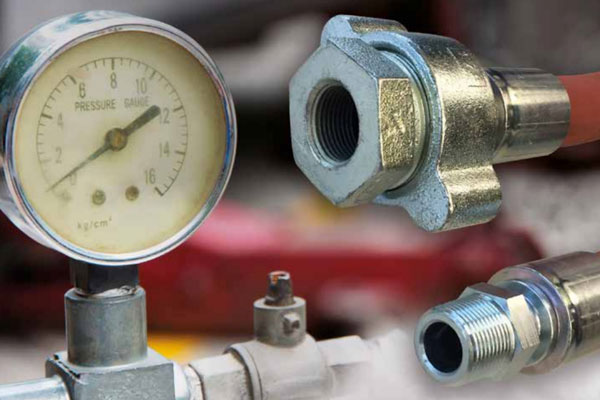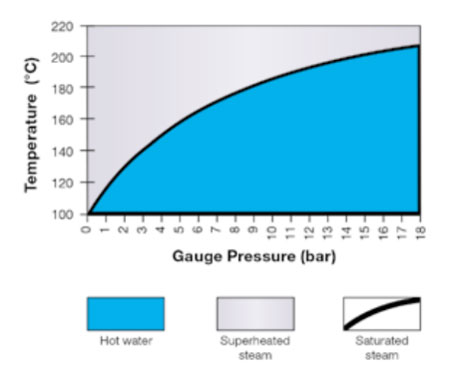When the water used to generate steam contains dissolved
air, oxygen or carbon dioxide, then these gases end up as
contaminants in the steam. At high temperatures of steam
both oxygen and carbon dioxide are extremely corrosive.
Carbon dioxide is acidic and therefore attacks metals
whereas the oxygen corrodes metals and oxidises rubbers.
Corrosion of metals in the presence of both oxygen and
acids is forty times faster than with either alone. Boiler
water is therefore normally treated not only to remove the
“hardness” which would cause “furring” of the boiler but
also to remove dissolved oxygen and carbon dioxide and to
ensure that the steam is not only not acidic but even slightly
alkaline. Boiler water treatment is a specialised subject
beyond the scope of this technical sheet but correct steam
generation is important.
Like all rubber products steam hoses have a finite life and
are subject to gradual deterioration with use. However, it
sometimes happens that hoses which have been giving a
good life suddenly start failing without apparent reason.
In such cases it is often a change in the steam conditions
causing a rapid acceleration of a normal failure mode. It is
therefore useful to consider how steam hoses normally last
and thus how the condition of the steam affects hose life.


